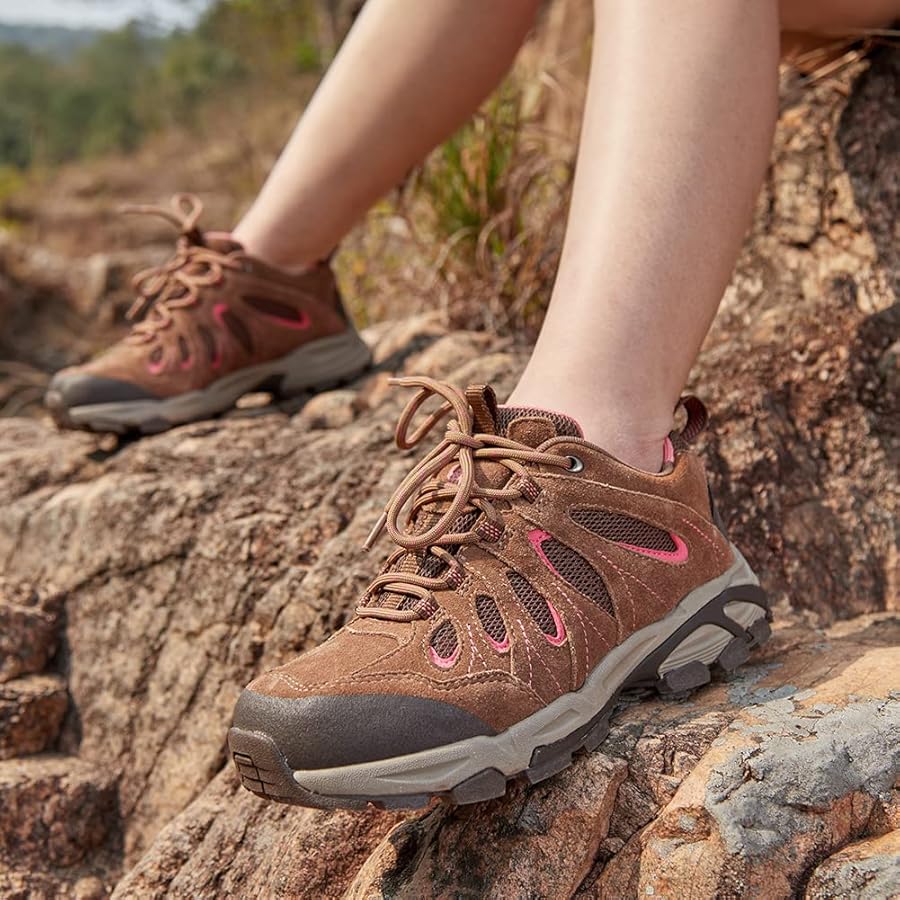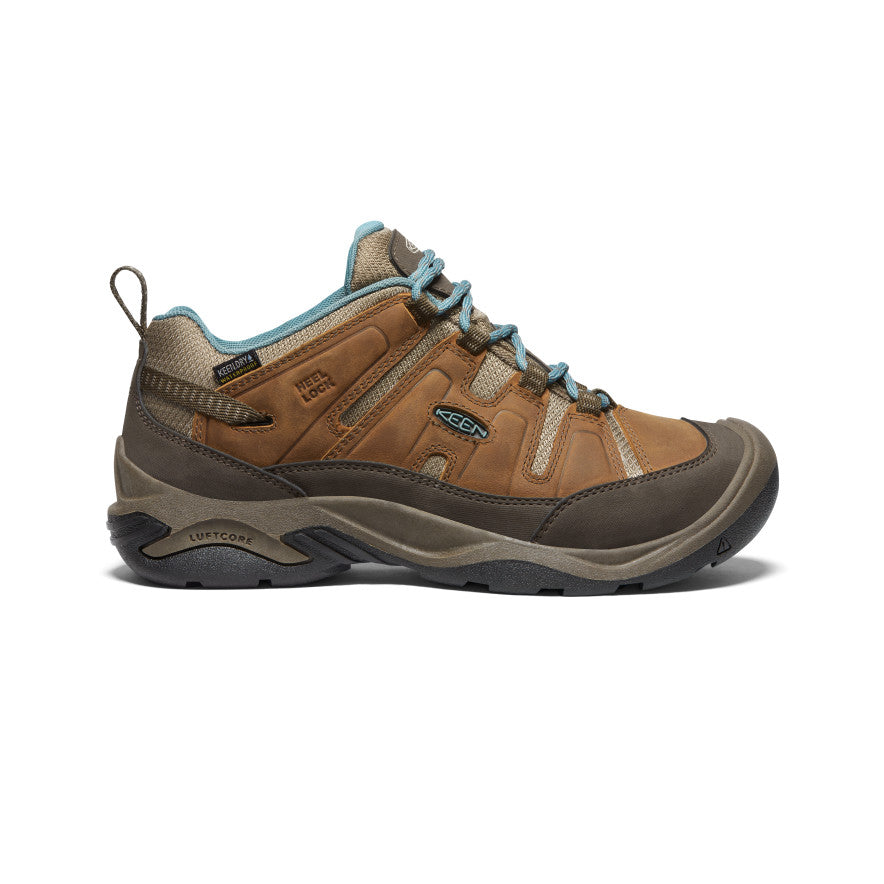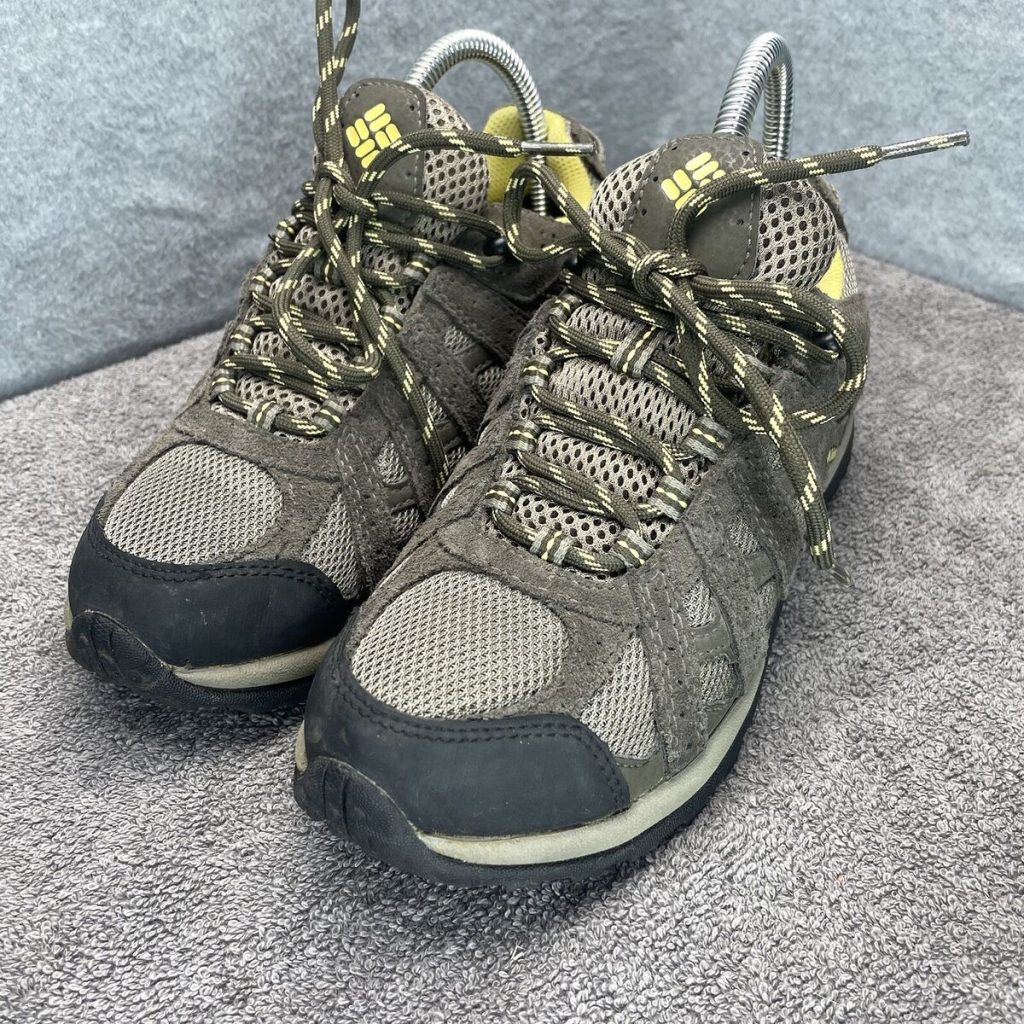Introduction to Hiking Shoes for Women
Hiking shoes are a crucial component of any outdoor adventure. For women, the right pair offers comfort, support, and protection, enhancing the hiking experience. As trails can vary from easy walks to challenging terrains, selecting the appropriate footwear is essential. Hiking shoes designed specifically for women cater to their unique anatomical needs. This guide will explore the different types of hiking shoes, key features to consider, proper fit and sizing, maintenance tips, and how to choose the right shoe for your adventurous spirit.
Wearing the correct footwear can make or break a hiking trip. Poorly fitted or inappropriate shoes can lead to blisters, foot pain, and injuries. As outdoor activities continue to gain popularity, the market for hiking shoes has expanded. Many brands offer options tailored for women, ensuring comfort and style. This article aims to provide insights so you can make informed decisions and step confidently on your next hike.

Different Types of Hiking Shoes
Hiking Shoes vs. Hiking Boots
When looking for hiking footwear, you will come across two primary categories: hiking shoes and hiking boots. Hiking shoes are generally lightweight and feature low-cut designs. These shoes prioritize agility and speed, making them suitable for day hikes and well-maintained trails. On the other hand, hiking boots provide more ankle support and are better suited for rugged terrains. They are ideal for multi-day treks or backpacking trips.
Choosing between the two depends on your hiking style and the terrain you’ll encounter. If you plan on walking mainly on flat, stable paths, hiking shoes may suffice. However, if you’re tackling rocky trails or carrying a heavy load, opting for boots is wise. Understanding these differences can help you select the ideal footwear for your adventures, ensuring comfort and safety during your outings.
Trail Runners and Approach Shoes
In addition to traditional shoes and boots, two other popular options have gained traction: trail runners and approach shoes. Trail runners are lightweight, breathable, and designed for speed on uneven terrains. They offer the flexibility and comfort of running shoes but with added grip for off-road conditions. For women who prioritize speed and agility during hikes, trail runners can be an excellent choice.
Approach hiking shoes for women are characterized by their blend of hiking and climbing shoe features. They provide the grip needed for rocky terrains while offering comfort for walking. This makes them suitable for multi-sport activities, especially for those who enjoy scrambling or climbing. Understanding the specific benefits of trail runners and approach shoes can help you decide which type aligns best with your hiking preferences and goals.

Key Features to Consider
Footbed and Cushioning
One of the most important features of hiking shoes is their footbed and cushioning. A well-cushioned footbed provides comfort during long hikes. It helps absorb shock, reducing the impact on your joints. Quality cushioning is especially vital for women, as they may require specific arch support for their foot shape. An ergonomic footbed can improve overall comfort and make your hikes more enjoyable.
Look for shoes that offer additional features like removable insoles. These allow customization for more arch support if needed. Some models even have contoured footbeds designed to align with the female foot’s natural shape. Choosing shoes with the right cushioning and support ensures you can tackle long distances without discomfort, keeping you focused on the beauty around you.
Traction and Outsole Design
Another critical feature to consider is the traction provided by the shoe’s outsole. A good hiking shoes for women should have a durable rubber outsole with deep lugs. This design helps grip various terrains, providing stability and preventing slips. Effective traction is especially important on wet or muddy trails, where losing your footing could lead to falls or injuries.
Different outsole patterns cater to various hiking conditions. For instance, some may excel on rocky or uneven surfaces, while others are tailored for smoother paths. The materials used in the construction of the outsole also play a role in traction. Opting for shoes with a high-quality rubber outsole can enhance both grip and longevity, ensuring that your footwear stands up to the challenges of different environments.

Proper Fit and Sizing
Finding the Right Size
Finding the right size is crucial when selecting hiking shoes. Feet can swell during hikes, so it’s advised to try on shoes later in the day when your feet are at their largest. This can help ensure that the shoes won’t be too tight during your adventures. It’s essential to measure both the length and width of your feet, as these measurements can differ from size to size and brand to brand.
When trying on shoes, ensure there’s enough room at the front. A good rule of thumb is to leave about a thumb’s width of space between your longest toe and the end of the shoe. This extra space allows for natural movement when hiking downhill. Additionally, walking around the store will help you gauge whether the shoes feel comfortable. Remember, a proper fit can prevent blisters, discomfort, and other foot issues during hikes.
Trying on Different Brands
Different brands may have varying fits, so trying on several is wise. Each brand has its own sizing standards and unique design features that affect comfort. For example, some brands may have shoes that cater more to wider feet, while others focus on a more narrow fit. Trying on multiple brands can help you find the one that feels best for your foot shape.
When trying on shoes, wear the same types of socks you plan to wear while hiking. This will help you get an accurate feel of how the shoes fit with your usual gear. Additionally, consider walking around on various surfaces, such as carpet or hard floors, to simulate different hiking conditions. Finding the right fit will allow you to invest in shoes that support you on countless hiking adventures.
Caring for Your Hiking Shoes
Cleaning and Maintenance Tips
Caring for your hiking shoes is essential to ensure they last a long time. After each hike, it’s important to clean off dirt, mud, and debris. Use a soft brush or cloth to wipe the shoes down. For stubborn dirt, you can use soap and water, but avoid putting them in the washing machine, as this can damage the structure.
Drying is equally important. Always air-dry your shoes at room temperature. Avoid direct sunlight or heat sources, as excessive heat can warp the materials. Regular cleaning and drying will prevent odors and materials from breaking down, ensuring your shoes stay in great condition for future adventures.
Storage Considerations
Where you store your hiking shoes can also affect their lifespan. Store them in a cool, dry place to prevent mold and degradation of materials. Using shoe trees can help maintain their shape and absorb moisture. If you trek in muddy or wet conditions, consider storing them with silica gel packs to reduce moisture buildup.
Investing time in proper storage can save you from having to replace your shoes frequently. Ensure that your shoes are clean and completely dry before putting them away. Taking these precautions will keep your shoes ready for action whenever adventure calls.
Choosing the Right Hiking Shoe for Your Adventure
Short Hikes vs. Long Treks
When selecting hiking shoes, consider the type of hiking you plan to do. For short, casual hikes, lightweight shoes or trail runners may be ideal. These options provide comfort without excessive weight and are often breathable for warmer conditions. On the other hand, long treks or multi-day hikes may require more supportive and protective footwear. In this case, choosing a sturdy hiking boot with ankle support is advisable.
Evaluate your hiking habits to match the shoes to your activities. If you’re planning varied terrains, consider shoes with adaptable features. Off-trail hiking may necessitate shoes with enhanced grip and support, while urban hikes may not require so much durability. Understanding your hiking plans will guide you in selecting the right footwear for any outing.
Terrain Considerations
The terrain you plan to navigate also significantly impacts your shoe choice. Rocky, uneven trails typically demand shoes with a more rigid architecture for support. If you’re trekking through muddy or wet areas, look for shoes designed for better drainage and traction. Hiking shoes with a waterproof lining can also be beneficial for those damp conditions, ensuring your feet stay dry and comfortable.
If your adventures lead you into snowy or icy conditions, consider specialized winter hiking boots. These shoes often come with insulation and traction features specific to slippery conditions. Each type of terrain requires different specifications in hiking footwear, making it vital to select shoes based on where you will be hiking.
Conclusion: Embrace the Trails with the Right Hiking Shoes
Choosing the right hiking shoes for women can significantly enhance your outdoor experiences. With various types, features to consider, proper sizing, and care methods, making the right choice is easier than you think. Quality footwear is a key investment in your hiking journey, ensuring comfort, safety, and performance on the trails.
Whether you’re a seasoned hiker or just starting, having the appropriate shoes can make all the difference. Take the time to explore your options, consider your activities, and prioritize fit. The right pair of hiking shoes will empower you to embrace the great outdoors confidently. Your adventures await, so gear up, step out, and enjoy the beauty of nature with the comfort of well-fitted hiking shoes.
